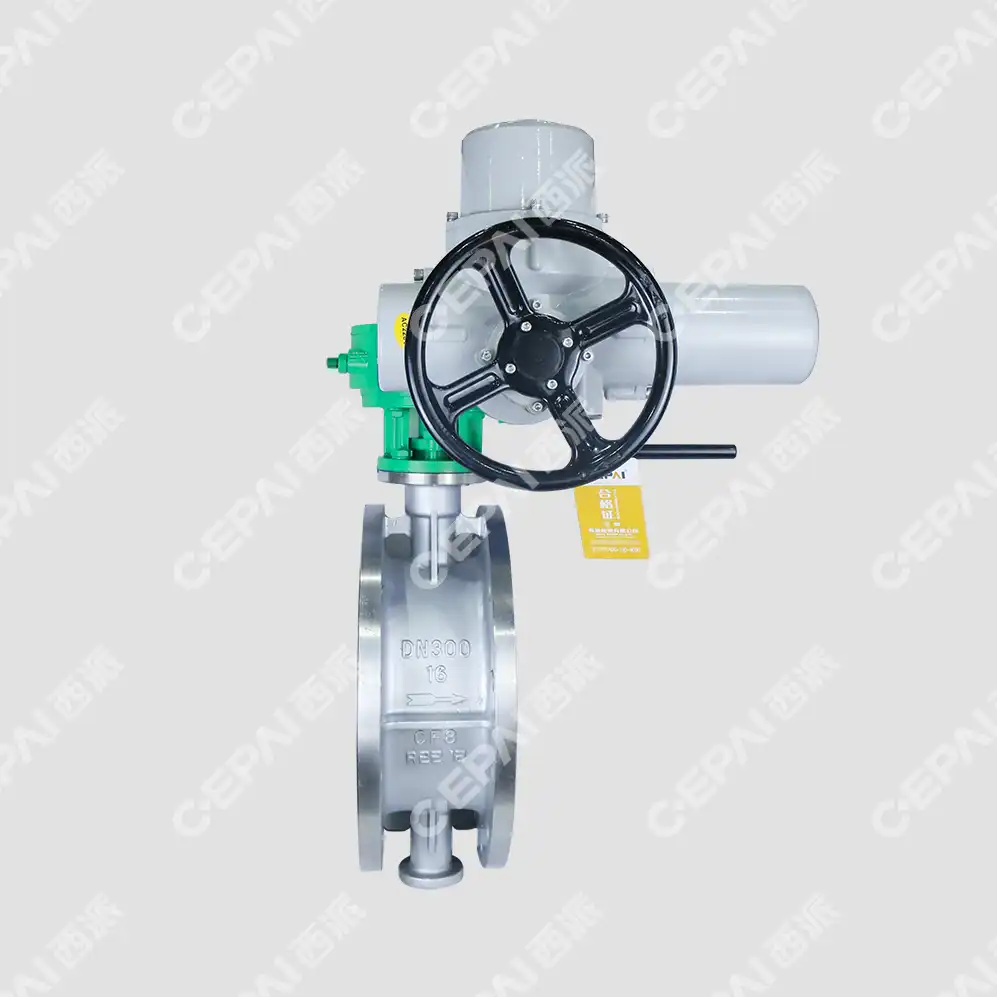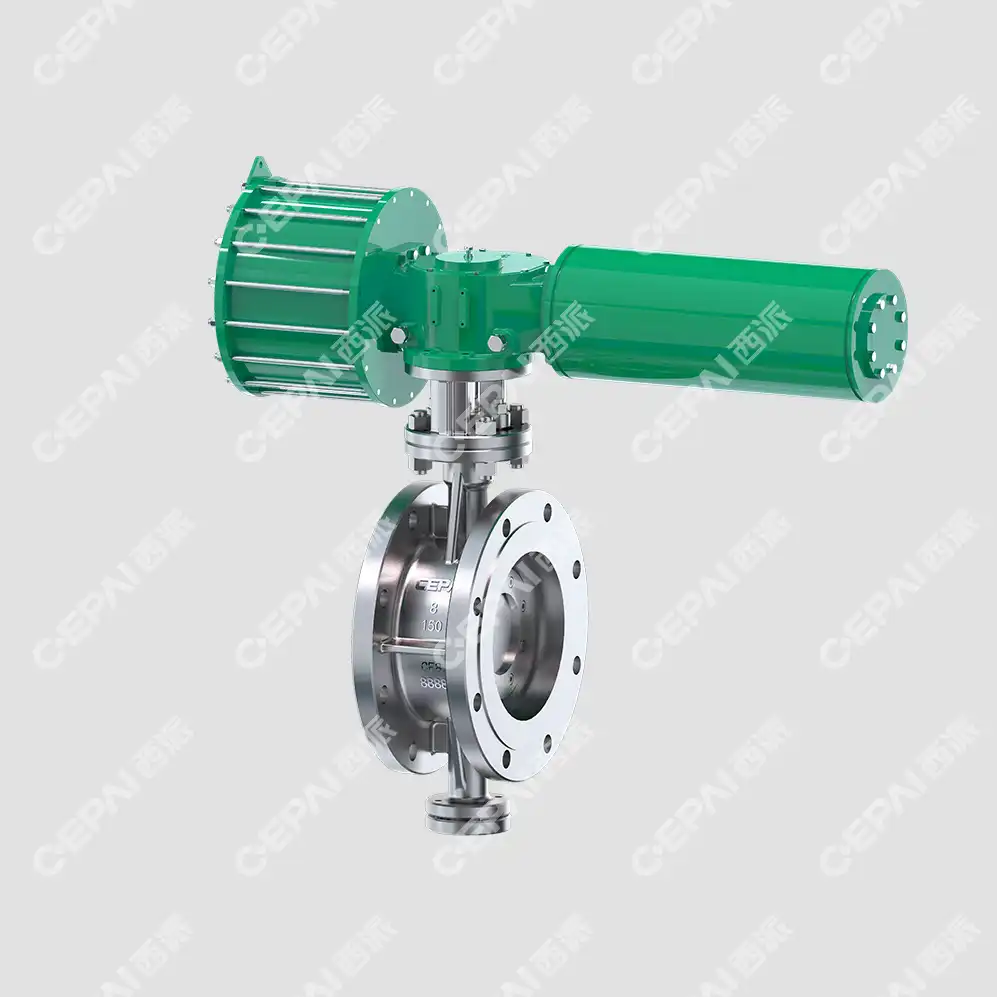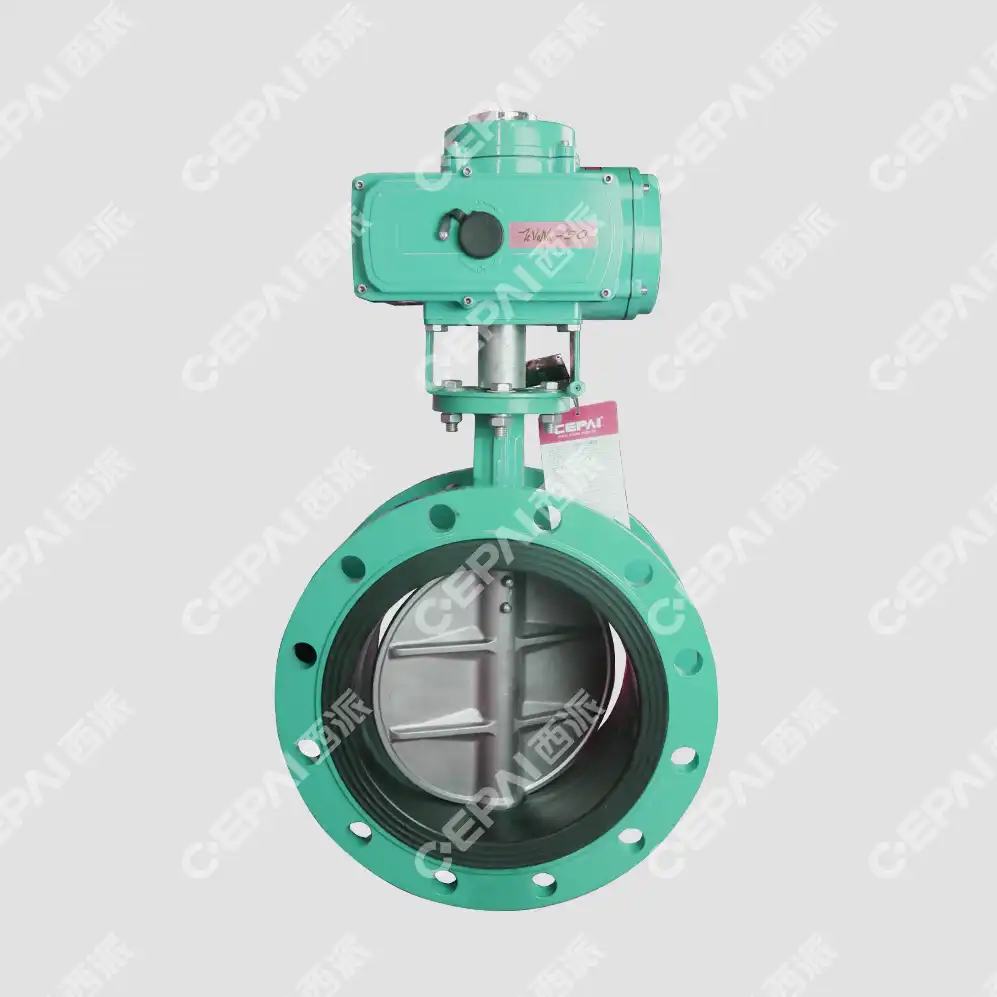Understanding the Anatomy of Butterfly Valves
Core Components of Butterfly Valves
Composed of multiple interdependent parts, butterfly valves are technical wonders for their relative simplicity. Cast iron, steel, or specialised alloys are common materials for the valve body, which is the housing. These materials are designed to resist a variety of working conditions. Within this body, the disc is the primary flow control element, shaped to optimize flow characteristics and sealing capabilities. The stem, connected to the disc, is the pivotal point for rotation, often reinforced to handle high torque loads. To ensure a leak-tight closing, seals and seats are crucial, and the materials used to make them are determined by the needs of the application.
Disc Designs and Their Impact on Performance
The disc is the butterfly valve's heart, and the way it's made has a big effect on how well it works. For general uses, concentrator discs, which are the most popular type, are easy to use and don't cost much. To the contrary, double- and triple-eccentric designs are better at sealing and wear down less, which makes them ideal for harsher environments. The disc's form and material make-up are carefully planned to balance things like flow rate, pressure drop, and resistance to cavitation. Advanced computational fluid dynamics simulations are often used to find the best disc geometry for each working condition and make sure it works at its best.
Actuator Types and Control Mechanisms
What makes butterfly valves function is the actuators, which translate control signals into actual motion. For changes that don't happen very often, manual actuators like handwheels or levers are easy to use and reliable. Pneumatic and electric actuators are used in automated systems to provide quick and accurate control, which is very important in process industries where reaction times are very important. When there is a lot of power, like in large-diameter valves or high-pressure systems, hydraulic actuators work really well. Smart positioners and digital control interfaces have changed the way valve automation works by allowing real-time tracking, diagnostics, and remote operation. A more dependable and efficient system is the result of this.
Operational Principles and Flow Dynamics
Quarter-Turn Functionality Explained
The quarter-turn operation of butterfly valves is a hallmark of their design, offering rapid and efficient flow control. This mechanism allows for full open or close positions with just a 90-degree rotation of the disc. The simplicity of this movement belies the complex engineering behind it, as the disc must maintain proper alignment and seal integrity throughout its range of motion. The quarter-turn action is particularly advantageous in time-critical applications, where swift flow interruption or initiation is essential. This operational principle also contributes to reduced wear on sealing surfaces, as the disc lifts away from the seat during opening, minimizing friction and extending valve life.
Flow Characteristics and Coefficient Analysis
Understanding the flow characteristics of butterfly valves is crucial for optimal system design and operation. The flow coefficient (Cv), a measure of the valve's flow capacity, varies non-linearly with disc position, creating a distinctive S-shaped curve. This link between disc angle and flow rate makes it possible to finetune the control, especially in the early stages of opening, when small changes can have a big effect on flow. Modern butterfly valves have plates and bodies that are shaped in special ways to change these properties. This lets you make flow patterns that are perfect for your needs. When engineers size valves, they need to carefully think about these flow dynamics to make sure the valves work right across the whole working range.

Pressure Drop and Cavitation Considerations
An important consideration in system design is the pressure drop across a butterfly valve, which affects the valve's longevity and energy efficiency. As fluid passes through the valve, the disc's obstruction creates a localized low-pressure zone, which can lead to cavitation in liquid applications if not properly managed. Cavitation, the formation and collapse of vapor bubbles, can cause severe damage to valve components and downstream piping. Engineers use techniques like specialised disc designs, multi-stage pressure reduction, and cautious material selection to reduce these dangers. Valve performance under different pressure situations can be predicted and optimised with the use of advanced computational models. This allows for more dependable operation and longer service life in harsh settings.
Applications and Industry-Specific Adaptations
Versatility in Industrial Settings
Butterfly valves exhibit remarkable versatility across a wide spectrum of industrial applications. They provide dependable flow management for upstream and downstream activities in the oil and gas sector's pipeline systems, which are vital. Because of its efficiency in handling high volumes, butterfly valves are widely used in the water treatment industry across all networks, from intakes to distributions. Safe handling of aggressive media in chemical processing is ensured by specialised butterfly valves made of corrosion-resistant materials. Designed to meet rigorous hygiene standards, sanitary butterfly valves are beneficial to the food and beverage sector. This versatility is due to the fact that the valve may be quickly adjusted to meet the needs of different industries thanks to its basic yet effective design.
High-Performance Variants for Extreme Conditions
Thanks to advancements in high-performance butterfly valves, their use has grown to include more harsh operating conditions. Designed to endure extremely low temperatures, cryogenic butterfly valves are vital in aerospace and liquefied natural gas (LNG) installations. At the other end of the spectrum, high-temperature variants equipped with special alloys and advanced sealing technologies find use in power generation and metallurgical processes. An engineering marvel, triple-offset butterfly valves maintain their zero-leakage properties even when subjected to extreme pressure and temperature changes. Because of the gravity of the situation, these state-of-the-art designs frequently include fire-safe seals and anti-blow-out stems to guarantee the dependability of the valve in vital safety applications.

Integration with Smart Technology and IoT
Industrial processes are being transformed by the integration of smart technologies and the Internet of Things (IoT) with butterfly valves. Smart actuators equipped with sensors provide real-time data on valve position, operational status, and performance metrics. Predictive maintenance procedures, made possible by this data input into centralised control systems, optimise plant efficiency, and decrease downtime. The Internet of Things (IoT) enables remote monitoring and control of butterfly valves, facilitating quick responses to changing process conditions or emergencies. Overall system reliability is improved by the use of advanced diagnostic capabilities, which help discover possible faults before they escalate. As industries move towards greater automation and data-driven decision-making, the role of intelligent butterfly valves in creating smarter, more responsive fluid control systems continues to expand.
Conclusion
One example of an engineering solution that exemplifies the power of simplicity is the butterfly valve. They have gotten to be basic components of cutting edge liquid taking care of frameworks due to their capacity to give successful stream control in a assortment of settings. Over the a long time, butterfly valves have advanced from essential plans to high-performance models prepared with keen innovations, assembly the requests of different divisions. These valves will remain significant in a energetic mechanical scene since they are always being progressed to guarantee indeed more productivity, unwavering quality, and versatility in the future.
Contact Us
Ready to optimize your fluid control systems? CEPAI Group offers cutting-edge butterfly valve solutions tailored to your specific needs. Our expert team combines industry-leading technology with decades of experience to deliver unparalleled performance and reliability. Contact us at cepai@cepai.com to discover how our innovative valve designs can enhance your operations and drive efficiency to new heights.


_1746598525968.webp)



